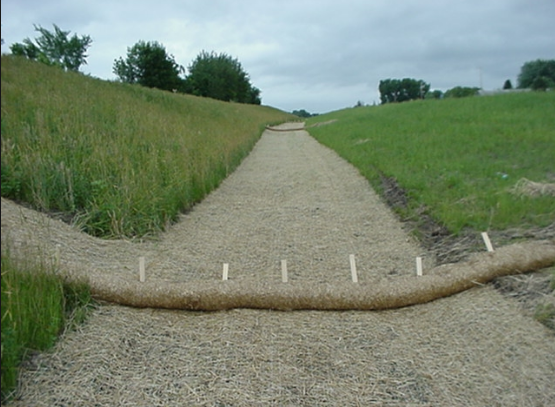Coastal Erosion Causes in Florida

Longshore Drift: Sediments are transported along a coast at an angle to the shoreline. This occurs most frequently in the surf zone.
Attrition: Waves cause loose pieces of rock debris to collide causing corrasion or abrasion (like sandpaper).
Corrasion: Waves break on the shore or cliff face, which slowly erodes it.
Corrosion: The sea’s pH levels can directly affect erosion. If the level is below 7.0, erosion is more likely to occur.
Hydraulic Action: Wave strikes a shore or cliff face and compresses air into the cracks. The air then exerts pressure causing splintering and further cracking.

Florida’s beaches are suffering as a result of Coastal Erosion. Coastal erosion is a natural occurrence on exposed and sheltered coasts alike. Currents, waves, and sea level change directly affect erosion on the coast. While we as humans can contribute to the problem, we also can do our part to prevent it and restore our shorelines. There are a variety of erosion control techniques and methods that can be implemented to aid in saving the coastal erosions not only in Florida.
- Sand Fence – As the name implies, a sand fence is a type of fence which forces windblown or conventionally eroded soil to accumulate or stay within the desired location. Sand fences are typically made by attaching a perforated plastic sheet to stakes at regular intervals.
- Fiber rolls – These are temporary sediment and erosion control devices which are used mainly on construction sites to protect the water quality of nearby aquatic ecosystems and reservoirs. Fiber rolls are made of coconut fiber, straw, or similar material that are formed into long tubular rolls. These rolls are then placed along the site slopes in two or three intervals, with the spaces depending on the steepness of the slopes.
- French Drain – A French drain must be installed properly; otherwise, costs will add up. The drainage system should be installed deep enough, so water will eventually run into the pipe, instead of moving near or into the structure. The usually recommended slope of the perforated pipe for a French drain system is one-inch drop per ten feet of horizontal run.
- Geotextiles – Geotextiles is among the fastest ways to restore soil condition. For many coastal erosion control applications, the installation of a seawall or barrier may be necessary. To help with stabilization and filtration applications, geotextiles are often placed underneath the wall to help provide a firm area for stabilization.
- Erosion Control Blankets – Similar in make and use to fiber rolls, erosion control blankets are also used to slow down water runoff and soil erosion on slopes. These blankets are carefully laid down onto the slope soil, their upper edges buried into the ground to keep them in place.
- Reforestation – This is the method of restoring or restocking existing woodlands and forests that have been depleted due to lumber harvesting, deforestation, or other natural causes. The process is fairly straightforward; only using measuring ropes, dibbers, and a supply of seedlings or saplings.
- Riprap – These are rubble composed of a variety of rock types including limestone and granite, which are used to armor embankments, shorelines, bridge abutments, streambeds and other seaside constructions to prevent soil erosion due to concentrated runoff or other water-related causes.